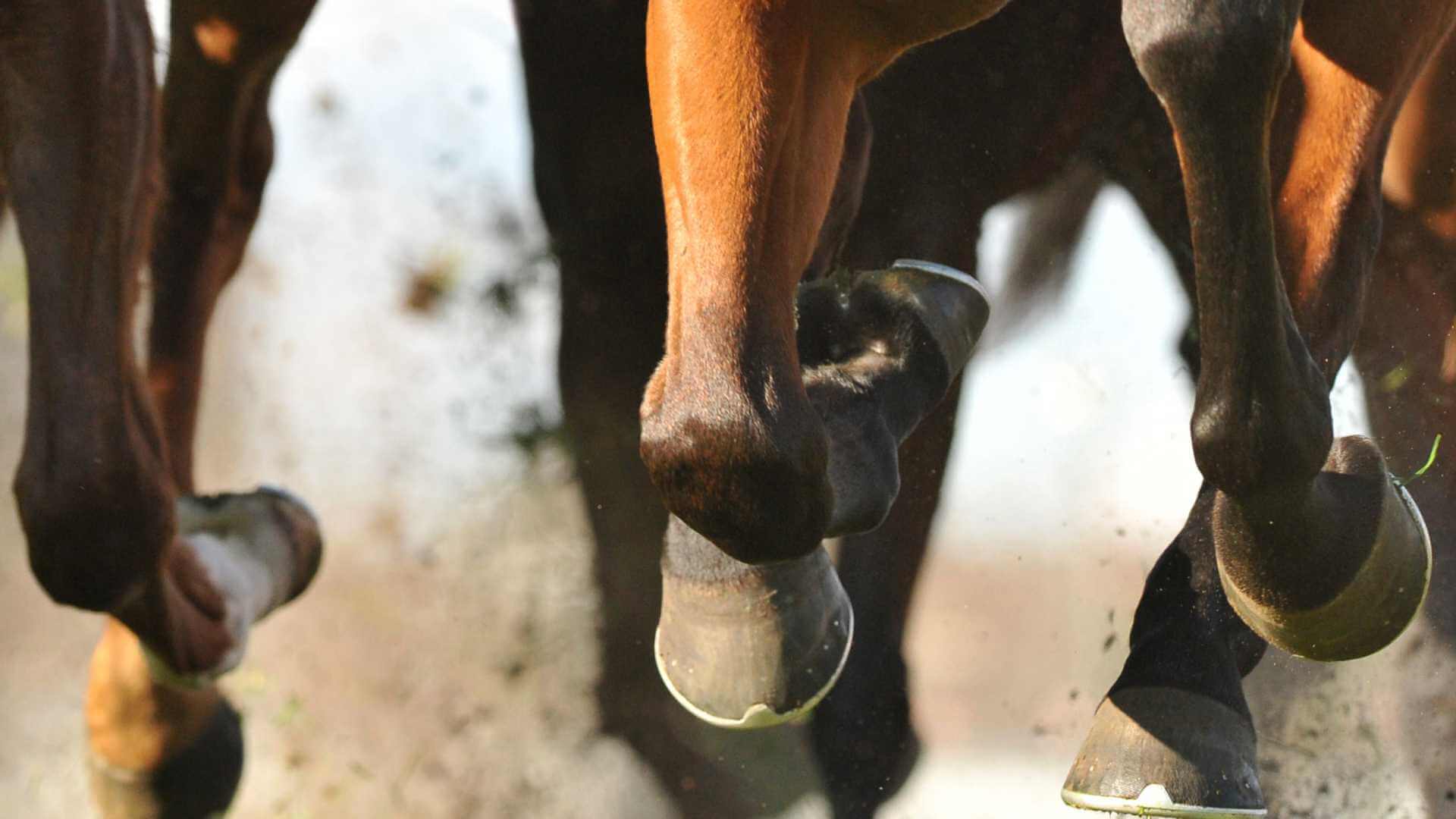Jockey Form in Horse Racing (and How Racing Buddy Uses It in Predictions)
Introduction
Jockeys are central to racing. An in form rider can give horses confidence and precision, while an out of form jockey might make costly errors. Punters have long recognised the importance of following successful riders, but it takes time to track results and trends. Racing Buddy automatically includes jockey form in its AI calculations.
What Is Jockey Form?
Jockey form is a measure of how well a rider has been performing, often tracked through strike rates and recent winners. It can show confidence, decision making, and momentum.
Why Jockey Form Matters
A confident jockey often delivers stronger finishes, judges pace better, and wins close races. Horses and jockeys build partnerships, and in form combinations are especially valuable.
Examples of Jockey Form
Top jockeys like Frankie Dettori or Rachael Blackmore often go on winning streaks. Punters who notice these runs early can profit before the market fully reacts.
Traditional Jockey Analysis
Punters check recent rides and win percentages, but this can be misleading if based on small samples or different class levels.
How Racing Buddy Uses Jockey Data
Racing Buddy’s AI tracks win percentages, course records, trainer partnerships, and recent results, automatically factoring them into predictions.
FAQs
What is jockey form?
Jockey form refers to the recent performance of a rider, measured by wins and places.
Does jockey form matter?
Yes. In form jockeys often deliver better tactical decisions and more consistent results.
How can punters track jockey form?
Traditionally by checking stats, but Racing Buddy does it instantly and continuously.
Conclusion
Jockey form can make the difference between winning and losing, especially in tight finishes. Racing Buddy captures subtle rider trends most punters miss and builds them into its AI models, ensuring you never overlook the human factor in racing.
